Sewing and knitting are collectively called handicraft. But speaking of handicraft, don’t forget about embroidery. Recently, we see more impressive embroidery works which deserve to be called artworks or designed products.
The works in the above picture, titled “Ribbon-less Gift”, were created by the embroidery artist Naoko Takamine.
Onions, butterflies, crayons… The motifs in each palm-sized wooden frame are commodities of everyday existence in our life. Such commonplace items are depicted vibrantly by Takamine with embroidery threads as well as acrylic paints. With the exquisite balance of outline and fill, her colorful embroidery works are full of fun.
The works contain a message from Takamine.
“I have received a lot of little presents since I was a child. It’s not about special ones for my birthday or Christmas, but more ordinary things like onions in a paper sack or seashells with sand. Such a little gift without a ribbon is a bit precious and always comforts me. I will be so happy if my work can be integrated into your everyday life, not treated as the special one.”
I am just wondering… Once the embroidery depicting her daily life leaves the creator and fits into new surroundings, it may not be part of everyday life but become “art”. And, the art may create more affluent living space. What do you think?
Crafting or sewing for us is usually to make clothes or practical items such as bags and pouches. But don’t you think that the scope of your handcraft projects will widen by adding “making the art” to improve your living space?
For the site of Naoko Takamine, go to http://www.pomponet.net/

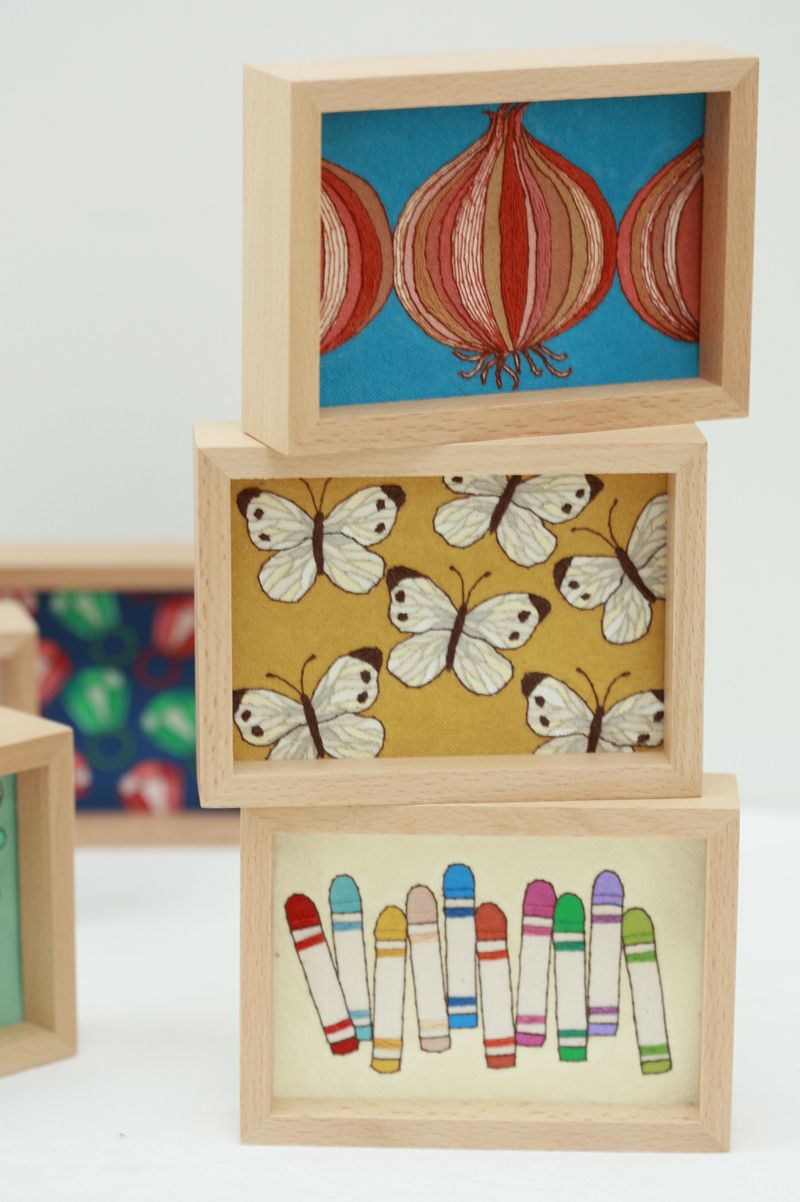
 Inspiration file 01
Inspiration file 01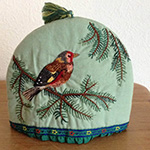 Inspiration file29
Inspiration file29 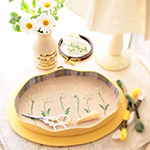 Inspiration file48
Inspiration file48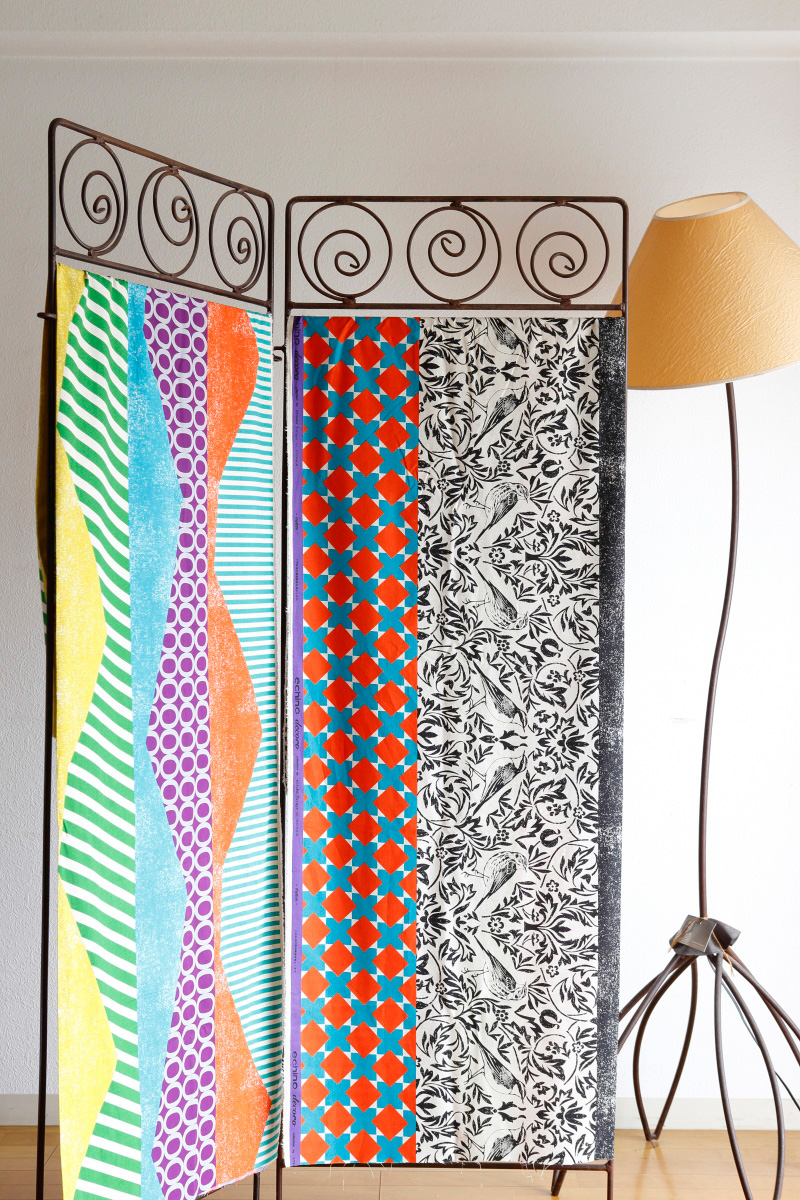
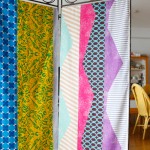
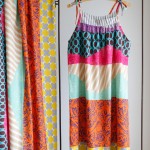
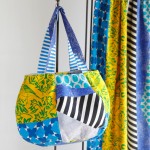
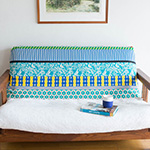 2014 echino Collection Part 3
2014 echino Collection Part 3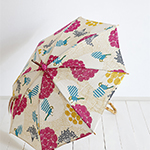 10th Anniversary / 2015 echino fabric collection 3
10th Anniversary / 2015 echino fabric collection 3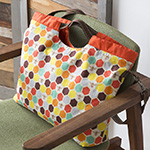 2014 echino collection part 2
2014 echino collection part 2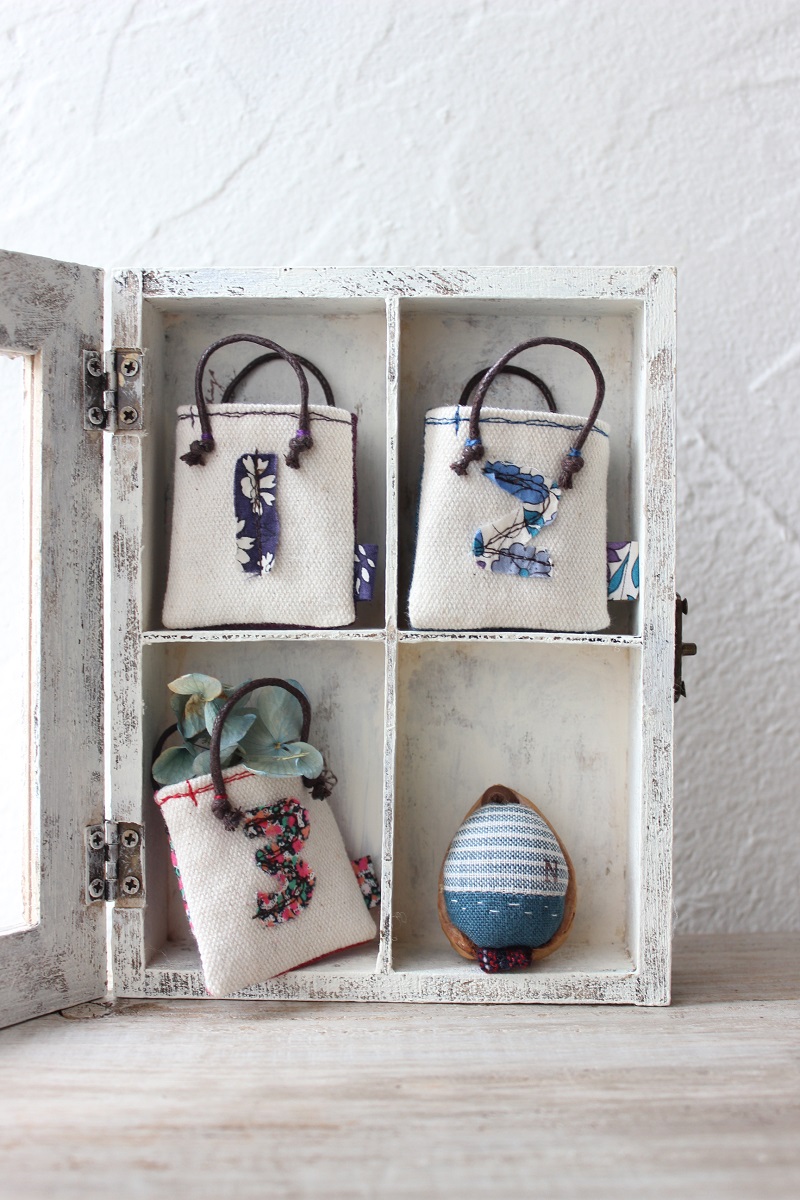
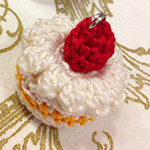 Inspiration File 30
Inspiration File 30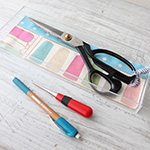 Inspiration 23
Inspiration 23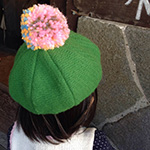 Inspiration file 27
Inspiration file 27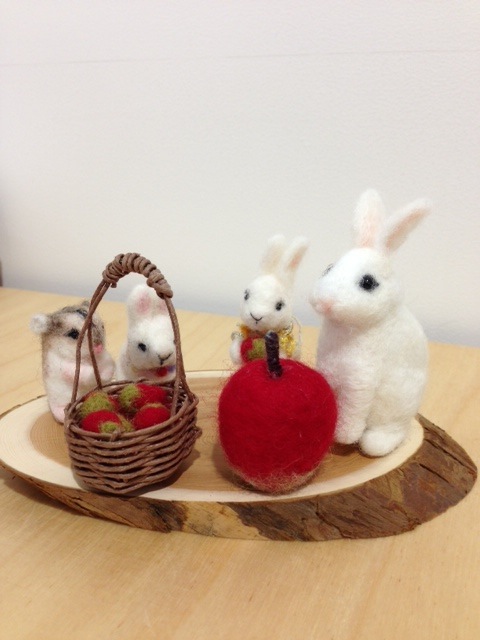
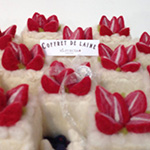 Inspiration file 35
Inspiration file 35 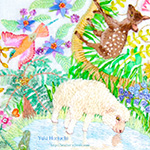 Inspiration file 37
Inspiration file 37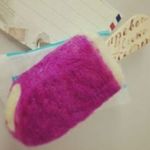 Inspiration file 15
Inspiration file 15
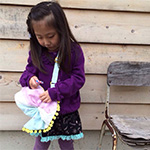 Inspiration 31
Inspiration 31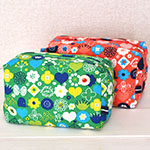 Inspiration file43
Inspiration file43